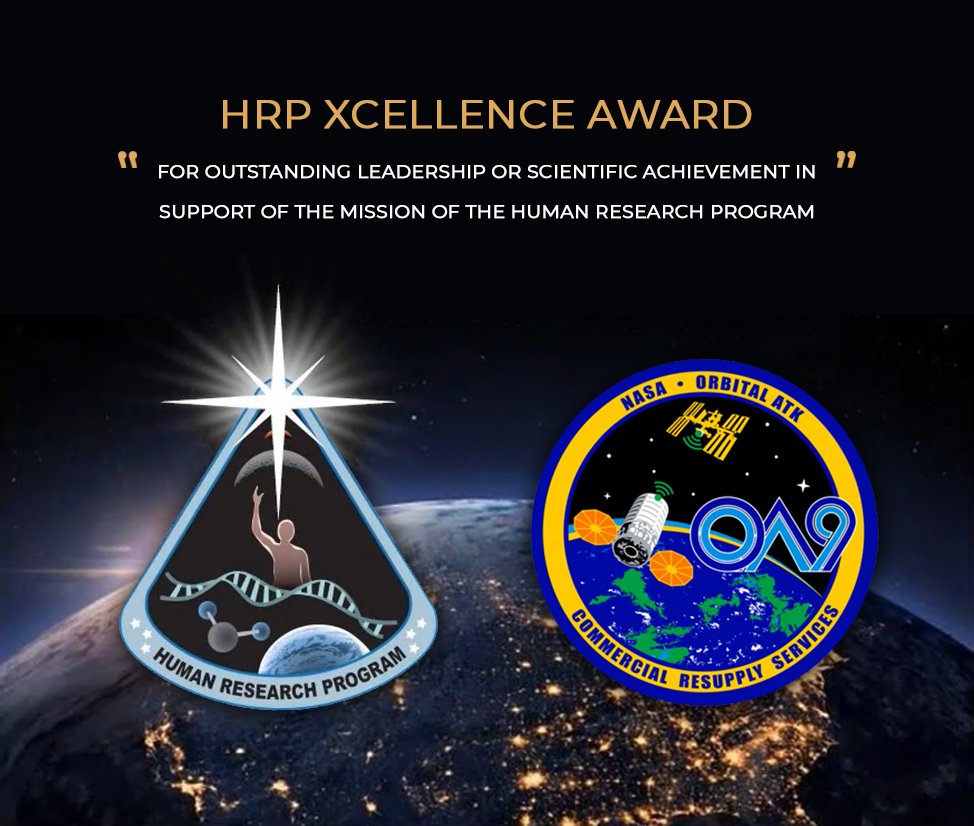Five employees from Comsat Architects, and their NASA Project Manager were recognized by program leadership for outstanding leadership or scientific accomplishment in support of the mission of the Human Research (HRP). The HRP Program Director awarded the team the Human Research Program (HRP) Xcellence Award, the highest honor in the program for leading the way in rapid prototyping and agile development that led to the delivery of the Systems Platform for Aggregating and Relating Capabilities (SPARC) tool in under 8 months. The team of awardees will be receiving a patch that was flown aboard the Obrital Atlas-9 Cyngus vehicle which then transferred to the International Space Station (ISS), where it flew more than 29.9 million miles between May 24th and July 2nd, 2018.
By implementing Agile methodologies, Comsat Architects continuously delivers new, operational releases of SPARC, a web-based application for visualizing and integrating information from multiple sources throughout NASA’s Space Operations and Mission Directorate (SOMD) and NASA’s Office of the Chief Health and Medical Officer (OCHMO), including human space flight standards, exploration program requirements, and human system risks in record time. The goal of the application is to enable easier access to the information contained within the data, relate the information for use by multiple different stakeholders, and visualize it in a user-friendly way.
The goal of the Human Research Program (HRP) is to enable space exploration beyond Low Earth Orbit (LEO) by reducing risks to human health and performance through a focused program of basic, applied, and operational research. This leads to the development and delivery of human health, performance, and habitability standards; countermeasures and other risk mitigation solutions; and advanced habitability and medical support technologies.
Comsat Architects, and the NASA Project Manager, are proud to have a team of talented software developers. Through their ability to work with stakeholders, analyze their needs, and rapidly iterate on feedback, they were able to make SPARC a reality for NASA HRP.




